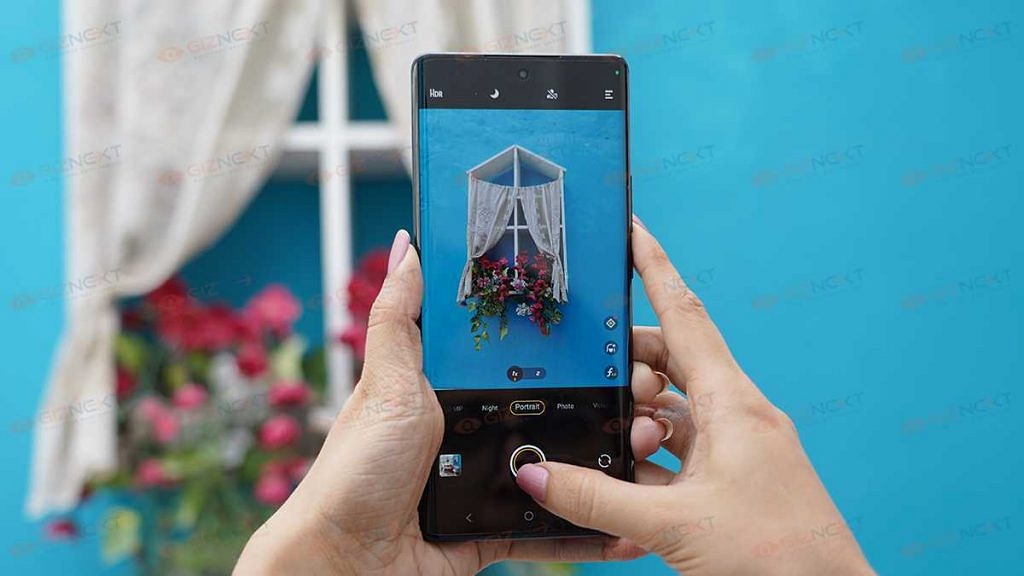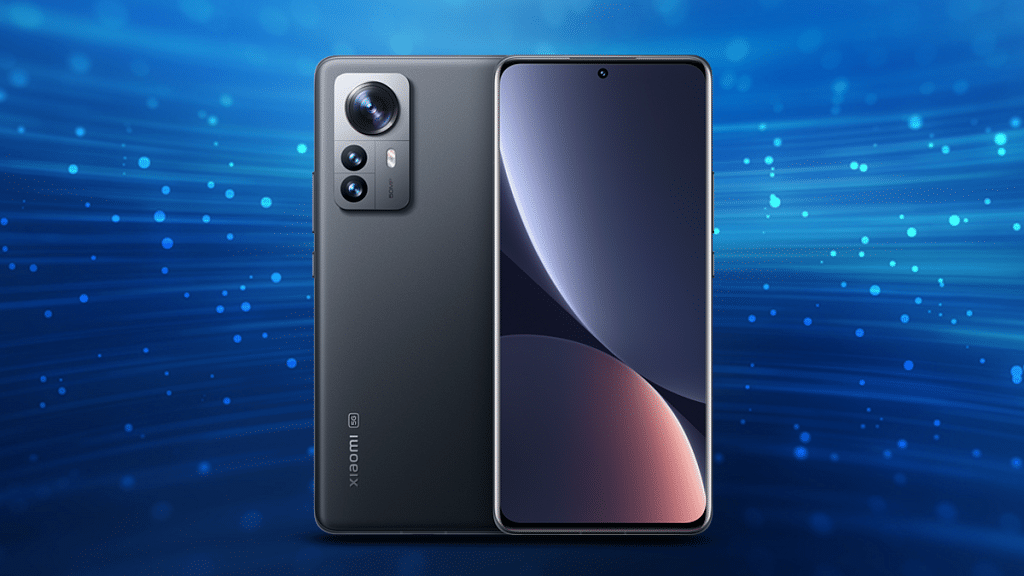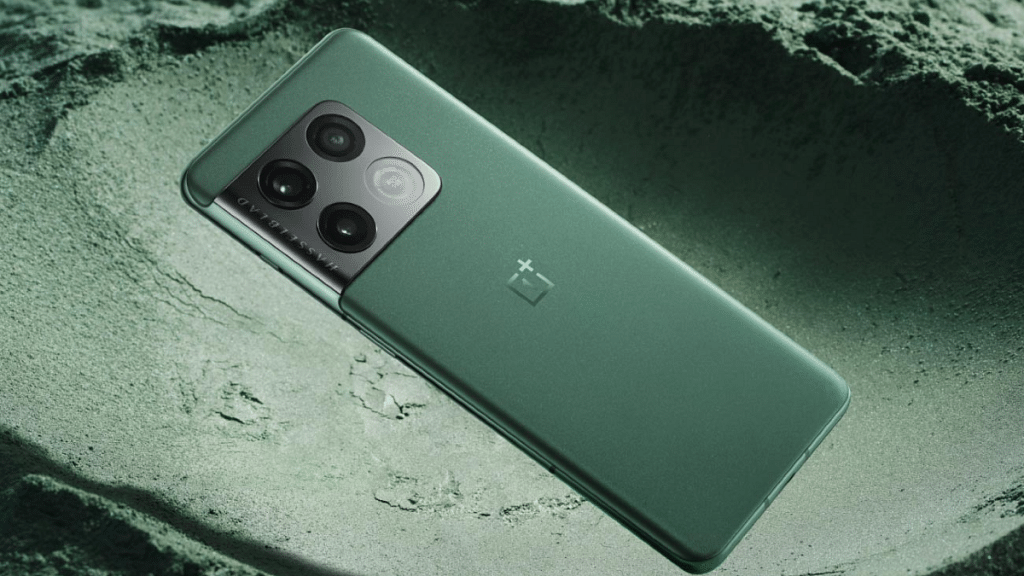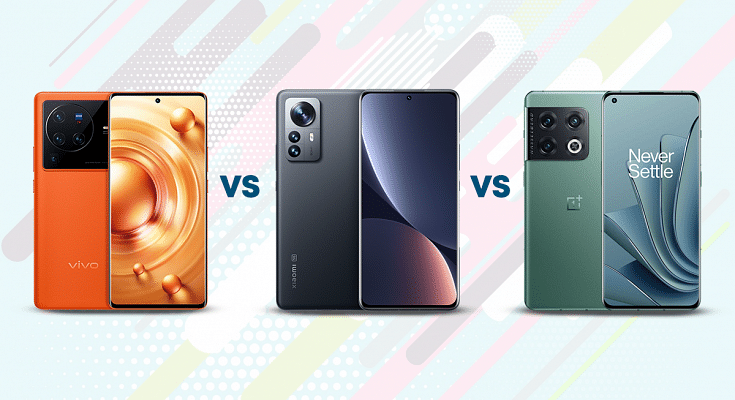Vivo has recently announced the launch of its much-awaited smartphones in India. The Vivo X80 and the Vivo X80 Pro have been launched with a 6.78-inch 120Hz AMOLED display, 12GB of RAM, MediaTek 9000 processor, and Qualcomm Snapdragon 8 Gen 1 SoC.
Notably, the Vivo X80 device is specially designed for camera-centric users. However, the newly launched device is expected to receive competition from Xiaomi 12 Pro and the OnePlus 10 Pro in India. So, in that way we are comparing the details of all devices in India.
Vivo X80 Vs Xiaomi 12 Pro Vs OnePlus 10 Pro: Display And Design

The Vivo X80 comes with a 6.78-inch Full HD+ 3D curved AMOLED display along with a screen resolution of 2400 x 1080 pixels. The device has a 120Hz refresh rate, 240Hz touch sampling rate, and 1000 nits of brightness.
The Xiaomi 12 Pro has a 6.73-inch Quad HD+ AMOLED display along with a screen resolution of 3200 x 1440 pixels. Also, it has 1500 nits of peak brightness, Dolby Vision, and HDR10+ support. The OnePlus 10 Pro has a 6.7-inch Quad HD+ screen, curved AMOLED LTPO 2.0 display, 1,300 nits of brightness, and 120Hz variable refresh rate.
On the design front, the Vivo X80 device comes with an aluminum frame on the edges. It features dual shades and will be available in two colour options such as: Cosmic Black and Urban Blue.

On the other hand, the Xiaomi 12 Pro comes with a metal frame along with a matte texture on the back panel. Besides, the device is available in three colour options Purple, Blue, and Grey.
The OnePlus 10 Pro has an aluminum frame along with matte glass on the back. In addition, you will find that there is a big camera on the rear panel and you will find smartphones in Black and Green colours.
Vivo X80 Vs Xiaomi 12 Pro Vs OnePlus 10 Pro: Camera, Performance, And Battery
The Vivo X80 has a triple camera at the back, including a 50MP primary camera, 12MP ultra-wide camera, and 2MP portrait sensor. In addition, the smartphone comes with Zeiss-enabled cameras and several camera-centric modes.
The Xiaomi 12 Pro has 50MP primary camera, a 50MP wide-angle, and a 50MP portrait lens. There is also an 8K video recording along with several features and AI for the focus. The OnePlus 10 Pro also supports a triple camera at the back, including a 48MP primary camera, 50MP ultra-wide-angle, and 8MP telephoto lens.

On the performance front, the Vivo X80 comes with a MediaTek newly launched chipset, i.e. 9000 processor. On the other hand, both Xiaomi 12 Pro and the OnePlus 10 Pro features a high-end Snapdragon 8 Gen 1 processor.
All devices packs 12GB of RAM and 256GB of storage. In addition, the smartphone features a V1+ processor to increase the camera performance and battery life. Besides, the Vivo X80 and the Xiaomi 12 Pro runs Android 12 OS, while the OnePlus 10 Pro boots Android 12 out of the box.
The Vivo X80 comes with a 4500mAh battery along with 80W fast charging support without any wireless charging. Besides, the OnePlus 10 Pro comes with a 5,000mAh battery along with a 80W fast charging. The smartphone has 50W wireless charging and reverse wireless charging support.
Lastly, the Xioami 12 Pro smartphone packs a 4,600mAh battery along with 120W charging support, 50W wireless charging battery, and 10W reverse wireless charging support.
Vivo X80 Vs Xiaomi 12 Pro Vs OnePlus 10 Pro: Which Is Better?

It is worth noting that all three devices are good for photography and come with good specifications. The Xiaomi 12 Pro and the OnePlus 10 Pro are powered by the Qualcomm Snapdragon 8 Gen 1 processor, but still, if you are looking for a premium handest along with good features and specifications under Rs. 60,000. then you can go for the Vivo X80 device.
